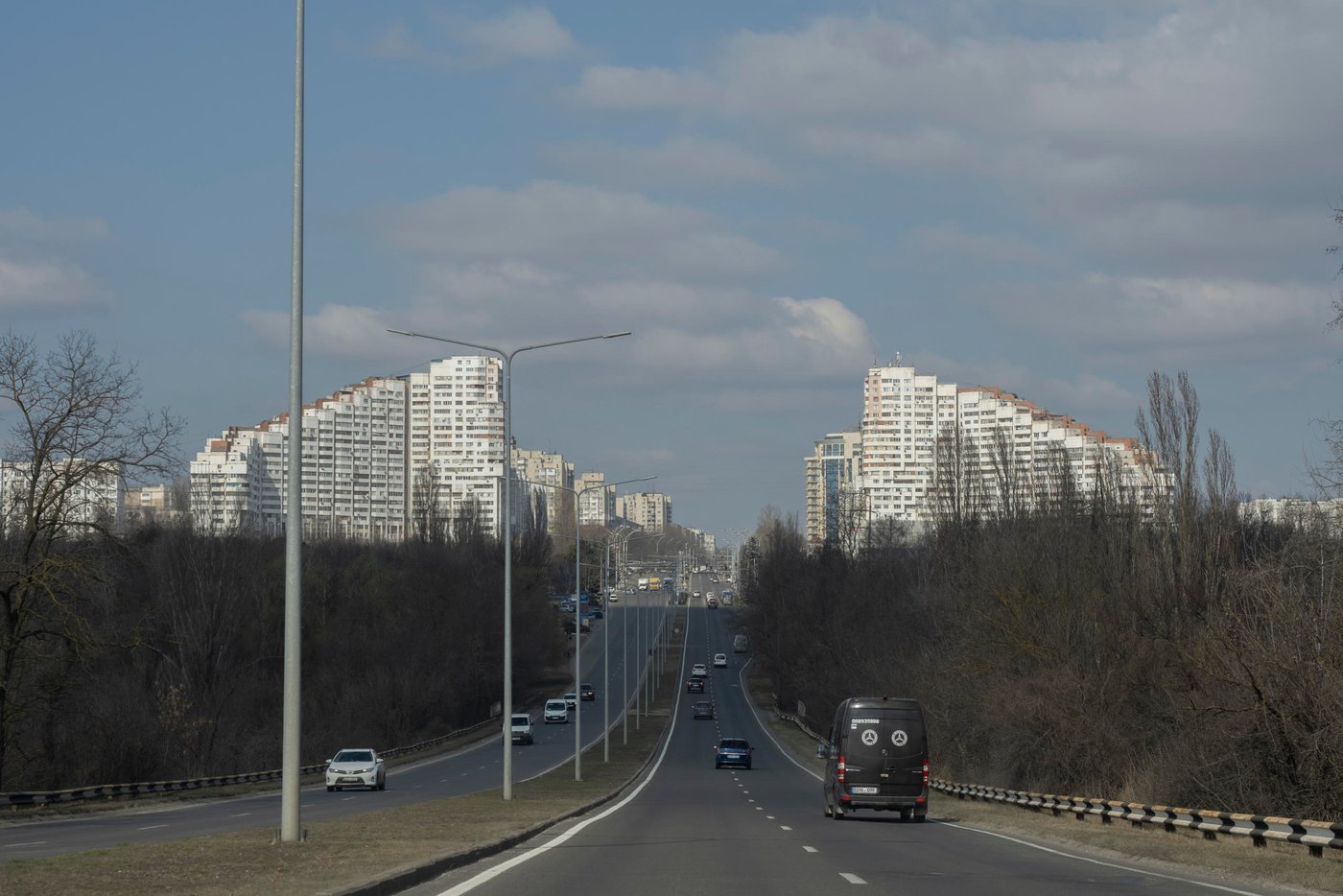But how well-informed are you about this small corner of eastern Europe? Here are ten things you should know.
1. It has been an independent republic since 1991
The origins of Moldova as a nation can be traced to the 1350s, when the Principality of Moldavia was founded. It was a contested territory for much of its history, and was annexed by the Soviet Union in 1940 – but finally gained independence in 1991.
2. It is a predominantly rural society
Some 57 per cent of Moldovans live in rural areas, according to World Bank figures (2018). That’s the highest figure of any country in Europe, with the exception of Liechtenstein. Agriculture and wine production are major industries.

3. It has a relatively small population
The Republic of Moldova has an estimated population of just 2.6 million people – down from over 4 million in the late 1980s. The decline has been mainly caused by people moving to other countries to find work.
4. BUT, the population has increased by 4 per cent overnight
Despite the overall trend, the Moldovan population has suddenly increased dramatically. That’s because around 100,000 people who have fled over the border from Ukraine into Moldova have chosen to stay in the country.
5. The national exhibition centre has become a refugee shelter
The MoldExpo centre in Moldova’s capital city of Chisinau has been turned into a temporary shelter for displaced Ukrainians. The centre can accommodate up to 450 people and is run by the Expo staff, supported by volunteers. Many people transit through for only a night or two, but some stay longer.

6. Nine out of ten refugees are living with host communities
While some refugees are staying in government-managed reception centres, over 90 per cent are living with host communities, according to the World Food Programme. Moldovans have been hugely welcoming, and many people have welcomed refugees into their own homes.
7. Many Moldovans are bilingual
The official language of the Republic of Moldova is Romanian. However, most people living in the country also speak fluent Russian. This is extremely helpful in the current crisis, as communication can happen without the need for translation. Teachers can provide lessons in Russian, and Ukrainians who want to work can do so more easily.
8. Many Ukrainians have passed through Moldova to other countries
Nearly 400,000 people have crossed the border from Ukraine into the Republic of Moldova since the crisis began. Many of these have continued their journey on to other countries, such as Romania.

9. There is a “green corridor” between Moldova and Romania
At the beginning of March, the Moldovan and Romanian authorities created a so-called “green corridor” between the two countries. The aim was to improve the flow of Ukrainian refugees, with free buses transporting refugees from one country to the other.
10. NRC is helping the Moldovan government to support refugees
The Norwegian Refugee Council (NRC) is working with the Moldovan government and partners on a variety of projects connected to the Ukraine crisis. We’re helping to ensure that Ukrainian refugees have somewhere safe to sleep, that children can go to school, and that families can access social support systems.


